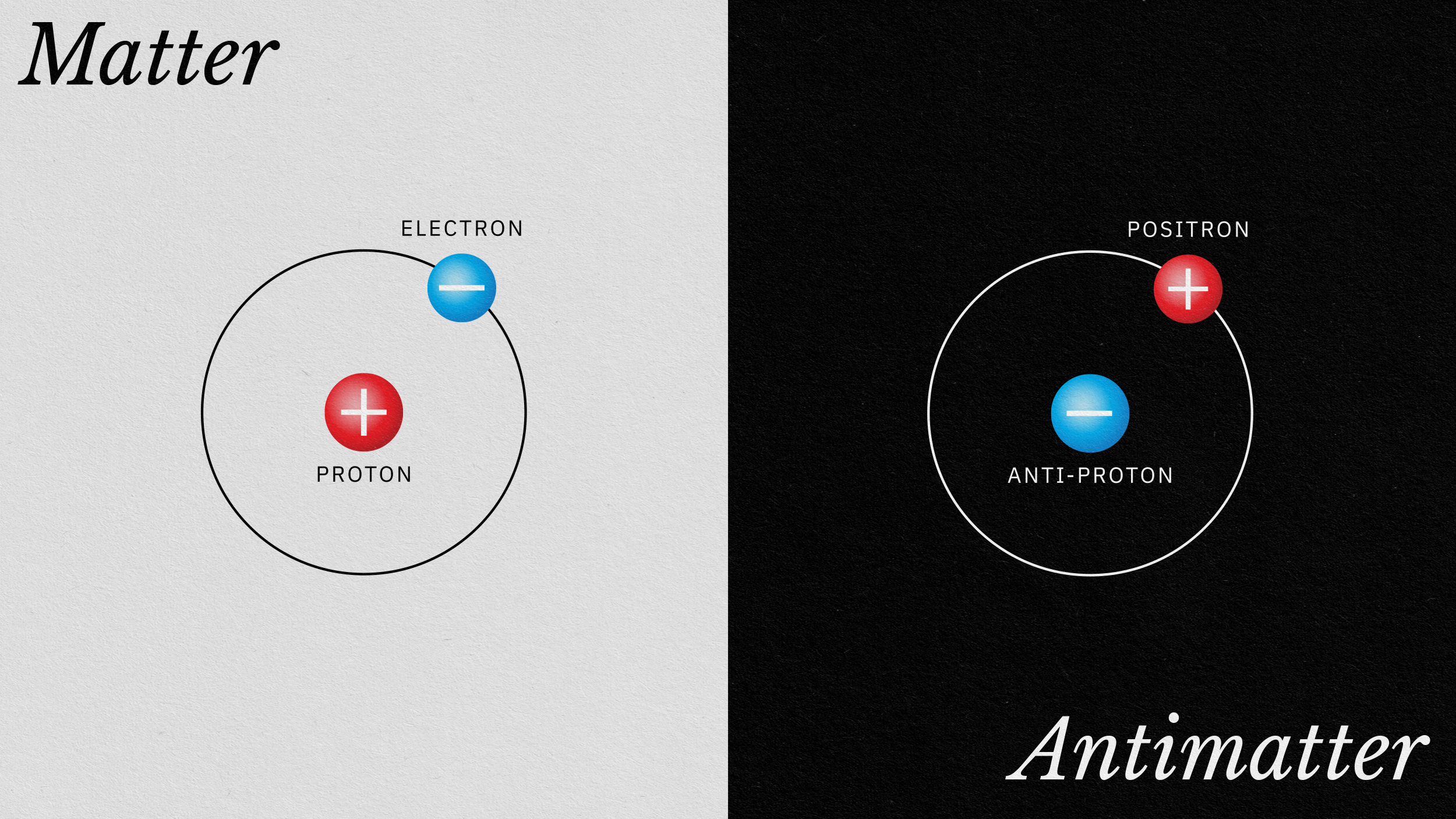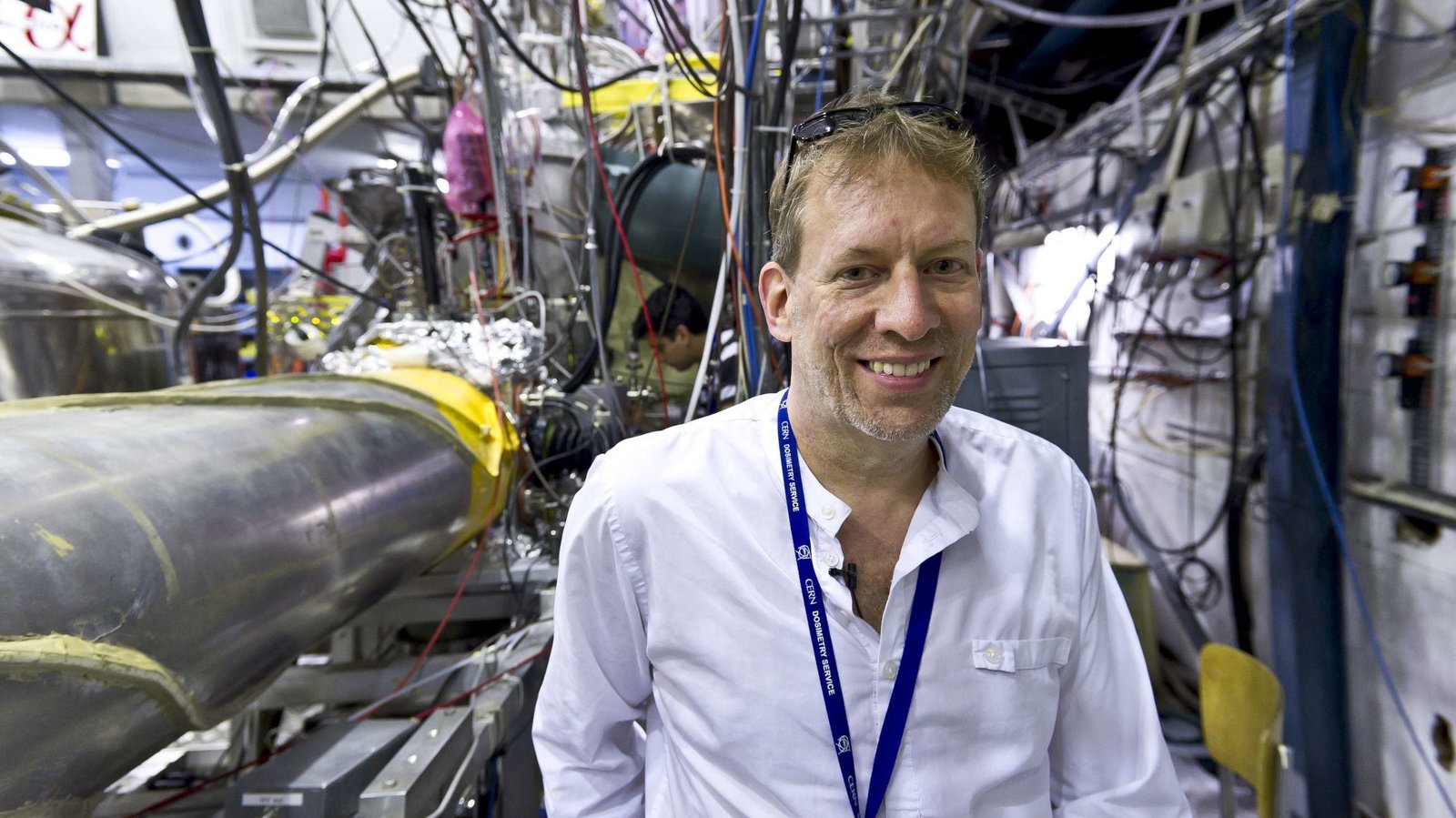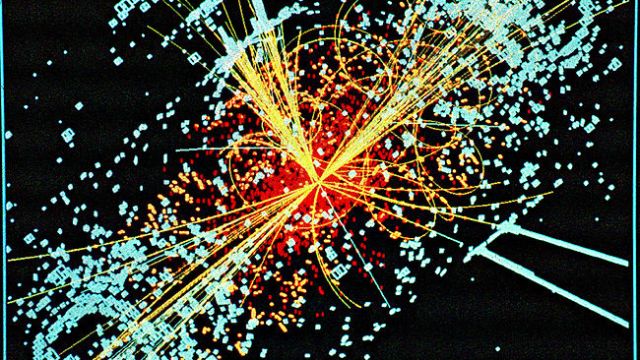Antimatter Captured for 17 Minutes

What’s the Latest Development?
Scientists at C.E.R.N.’s Antihydrogen Laser Physics Apparatus have trapped 309 antihydrogen atoms for 1,000 seconds using superconducting magnets. That’s an enormous improvement—four orders of magnitude—over the only previous record for trapping antimatter: 38 antiatoms for 172 milliseconds in 2010. The scientists’ goal is to determine how antimatter is influenced by gravity, specifically whether it falls up or down. While there have already been numerous attempts to complete this experiment, no sizable amount of antimatter has yet been trapped. This should change in the coming months, when scientists intend to cool a lump of antihydrogen atoms to determine if they rise or fall.
What’s the Big Idea?
The existence of antimatter is one of the real stumpers in contemporary physics. If antimatter exists, which it does, then the universe should be composed of equal parts matter and antimatter, or so the logic goes. But antimatter is much more scarce than matter, at least in the parts of the universe we can observe. Studying the behavior of antimatter has proven difficult because it is highly unstable, exploding when it comes into contact with regular matter. It’s this explosive potential that has fueled far-flung ideas about super-efficient energy production and ultra-powerful space crafts.





